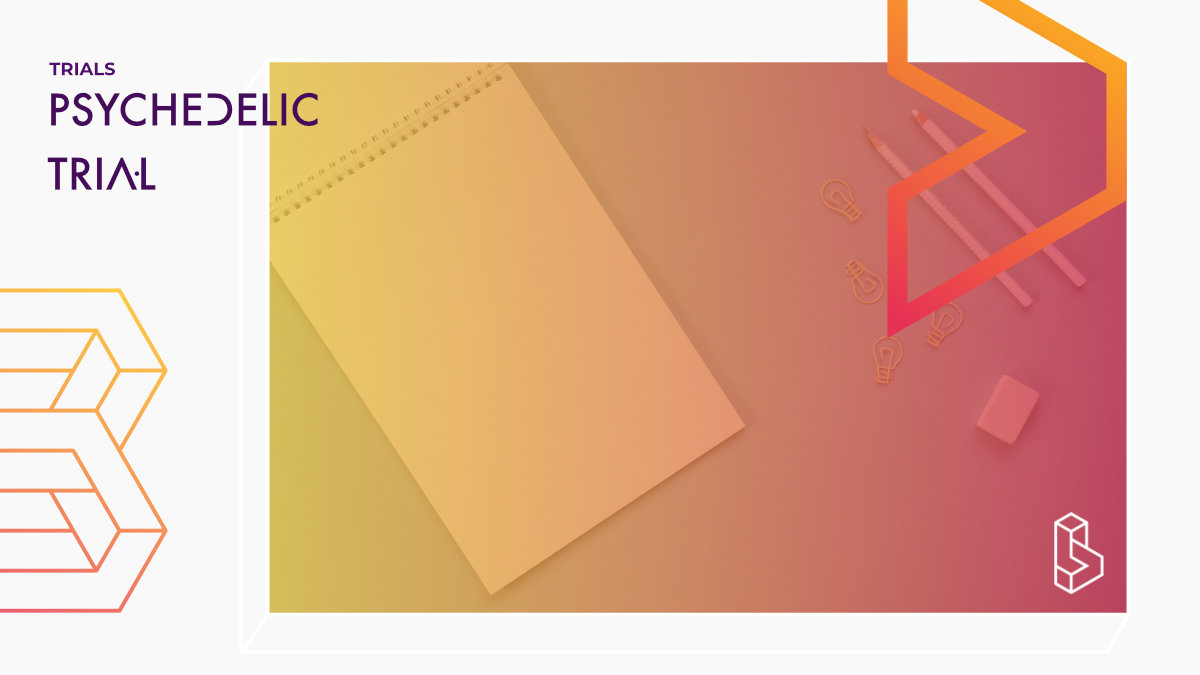This interventional Phase IV trial (n=160) investigated the impact of ketamine augmentation alongside electroconvulsive therapy (ECT) on depression outcomes.
Led by the Neuroscience and Psychiatry Unit at the University of Manchester, the study aimed to mitigate ECT’s adverse cognitive effects and enhance mood improvement by adding ketamine to the anaesthetic regimen.
Participants were recruited from five NHS Trusts in Northern England, undergoing randomised allocation to receive ketamine or a placebo during ECT. Memory, cognitive function, and mood were assessed throughout and after treatment, with brain imaging used to explore neural network changes.
The trial, conducted from September 2012 to August 2014, was funded by the NIHR Efficacy and Mechanism Evaluation Programme.
Trial Details
Trial Number

